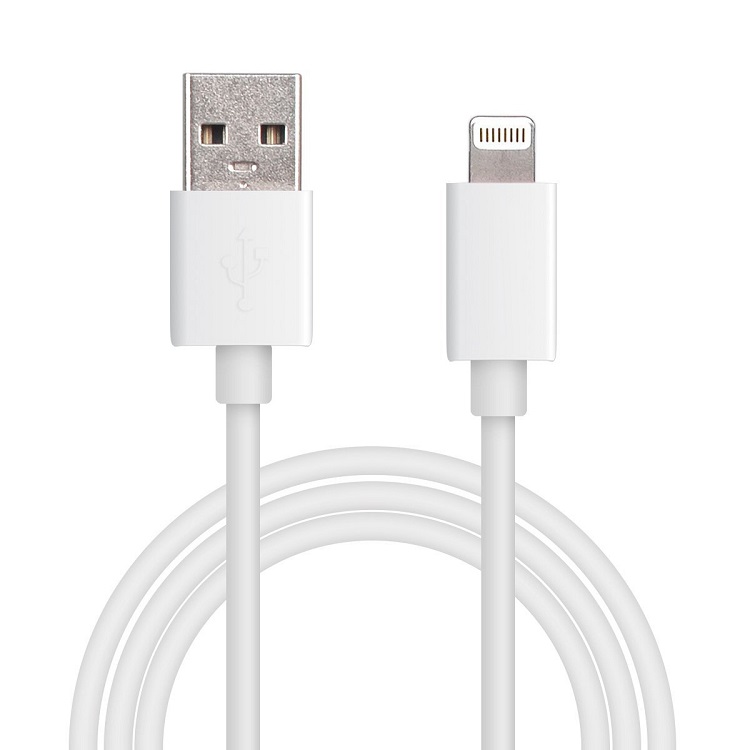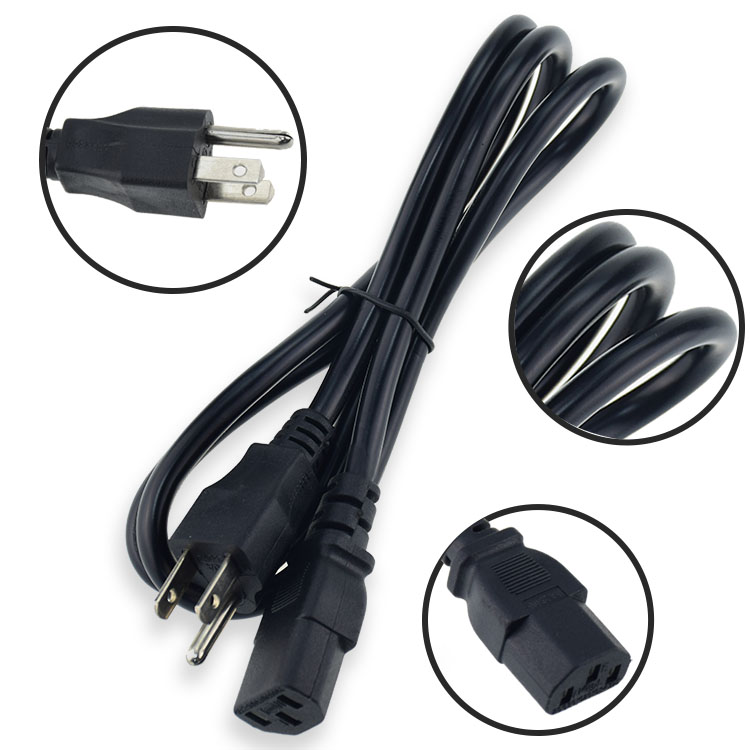Yang Shangwen, a semiconductor industry analyst at the Industrial Information Research Institute of the Information Policy Society, said that the global medical electronics semiconductor market in 2011 exceeded US $ 4 billion, accounting for about 1.3% of the total semiconductor output value. It is a niche market, but its annual growth rate reaches 8 to 13 %, Which is higher than the average level of the overall semiconductor market, so not only traditional medical electronics manufacturers such as ST, Texas Instruments, and NEC continue to expand, but other semiconductor factories such as Qualcomm, Intel, and Samsung also want to take mobile medical Shunfeng, take advantage of the trend to enter the medical electronics market. Among them, Qualcomm's recent offensive is fierce. At the end of 2011, it invested 100 million US dollars to establish Qualcomm Life (Qualcomm Life) company, which also has a Qualcomm Life Foundation (Qualcomm Life Fund) and an advisory committee to sponsor medical electronics for 10 million US dollars Innovative competitions, based on recommendations from the medical, academic, and manufacturers. Jack Young, director of the Qualcomm Life Foundation, pointed out that digital and mobile health care has become the general trend of the medical care industry because it can bring higher efficiency and lower cost to the medical industry. Compared with the huge challenges faced by traditional medical and biotechnology fundraising, the digital health fundraising situation in recent years is ideal. According to Rock Health's statistics, the amount of investment in digital health in the first three quarters of 2012 was as high as 1.08 billion US dollars, which exceeded the total investment of 956 million US dollars in 2011. Yang Shangwen analyzed that Qualcomm Life's business model is not like the parent company Qualcomm's main source of income, but it rarely launches two major medical products. One is a 2net sensor hub (Sensor Hub), and the other is wireless communication for medical use. Module, and merge the two in the 2net medical platform. It is understood that Qualcomm Life's sensor hub and internal wireless communication module have passed the US Food and Drug Administration (FDA) and comply with the "Health Insurance Portability and Liability Act" (HIPAA) and other product certifications, and are currently in mass production. . Yang Shangwen further explained that the biggest difference between medical electronics and consumer electronics is that the certification process is complicated. Therefore, in order to speed up its layout in the medical electronics market, Qualcomm Life has independently developed 2net sensor hubs and wireless communication modules to facilitate the adoption of FDA and international Standardization organization (ISO) 13485 medical material certification, accelerate the time to market. Not only that, in order to strengthen the development energy, Qualcomm Life cooperates with system developers to improve the ability of its products to integrate into Android and iOS systems. In addition, Qualcomm Life also promotes the wireless communication medical market with non-profit organizations, and telecommunications companies such as AT & T formed an alliance to facilitate the launch of mobile medical communication solutions in the future. Yang Shangwen believes that mobile medical is an opportunity for non-traditional medical electronics manufacturers to enter the medical electronics industry. Qualcomm Life is looking at mobile medical business opportunities, so it actively enters. Its goal is not just to have a wireless chip for medical use in everyone ’s mobile phone. It also hopes to establish a profit-making model based on receiving authorization fees. It is worth noting that Intel, a traditional personal computer central processing unit (CPU) manufacturer, also has a strong interest in mobile health. It not only launched ConTInua Health Alliance with IBM and Philips (Philips), but also invested $ 250 million in a joint venture with GE. To invest in home and remote care technology research and development to obtain its sales channel resources; last year Intel merged with Infineon's (Infineon) wireless department to obtain its wireless communication technology, and its future offensive in mobile medicine is worth further observation. According to the statistics of Databeans, the output value of medical electronics in 2012 still maintained a high level, reaching a scale of US $ 4.1 billion. As the population aging phenomenon intensifies, the medical electronics market will continue to expand at an annual growth rate of at least 9% in the next few years, and it is estimated that the output value will reach 6 billion US dollars in 2017.
Electrical Cable is in any building requiring electricity for the lighting and power. There are many types of cable used to keep a device running, choosing the right type and size of cable is critical. Any cable installations need to be fully tested by a suitably qualified professional.
There are many different kinds of cables in the market; yidashun
produces Data Cable, ac
Power Cable, DC Cable and Computer Cable mainly. Cable is the key to connect different
devices to make it work normally. Without it, many devices can`t work, the
world would be dark.
If you want to find the cable for you phone,computer, laptop Adapter , printer, projector, or scanner etc, you can contact with yidashun, we can make the cables you need, and also can support you with factory competitive price, and also good quality.
Cable USB Cable,Lighting Cable,Micro USB Cable,Iphone Cable Shenzhen Yidashun Technology Co., Ltd. , https://www.ydsadapter.com


